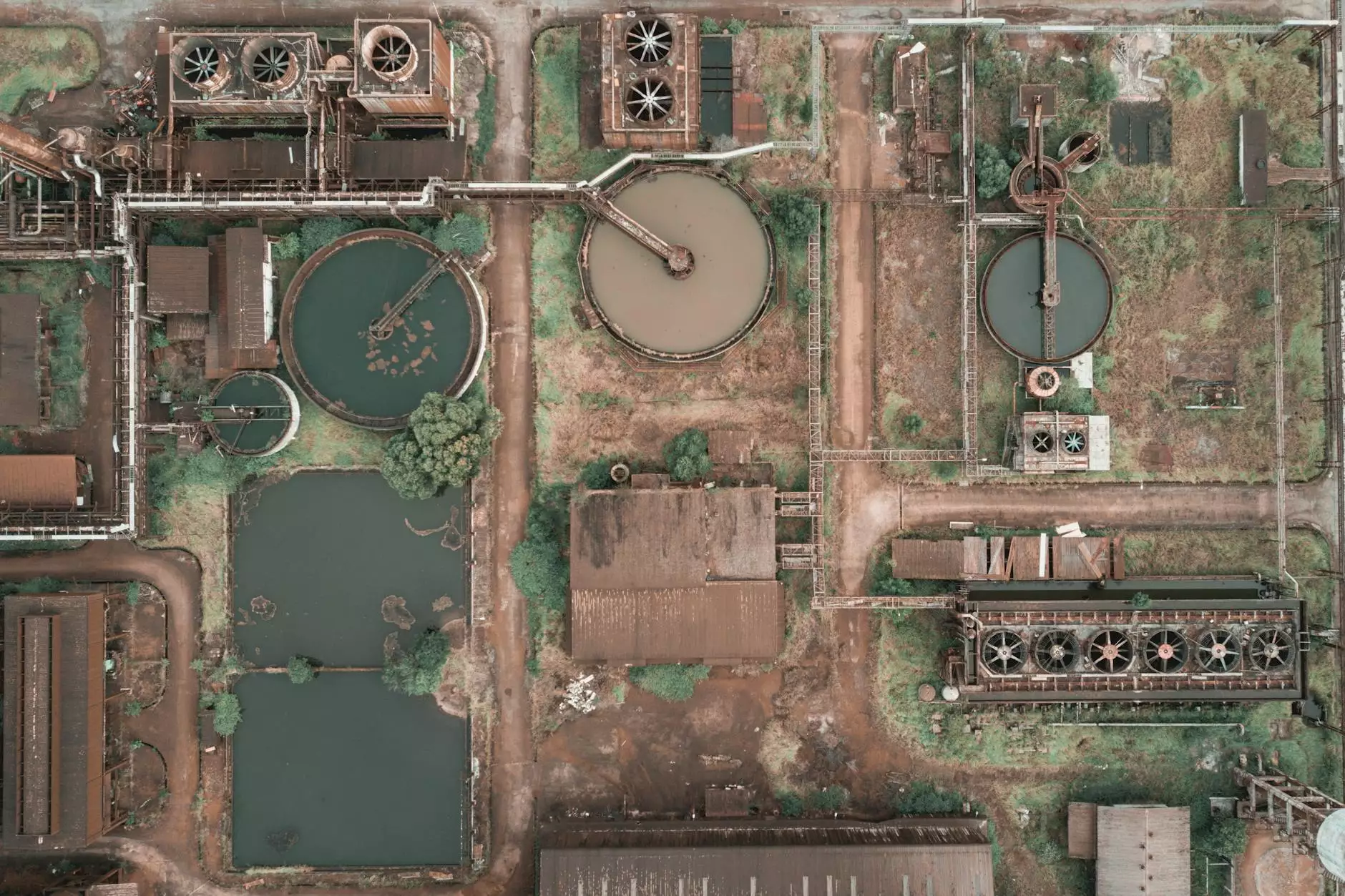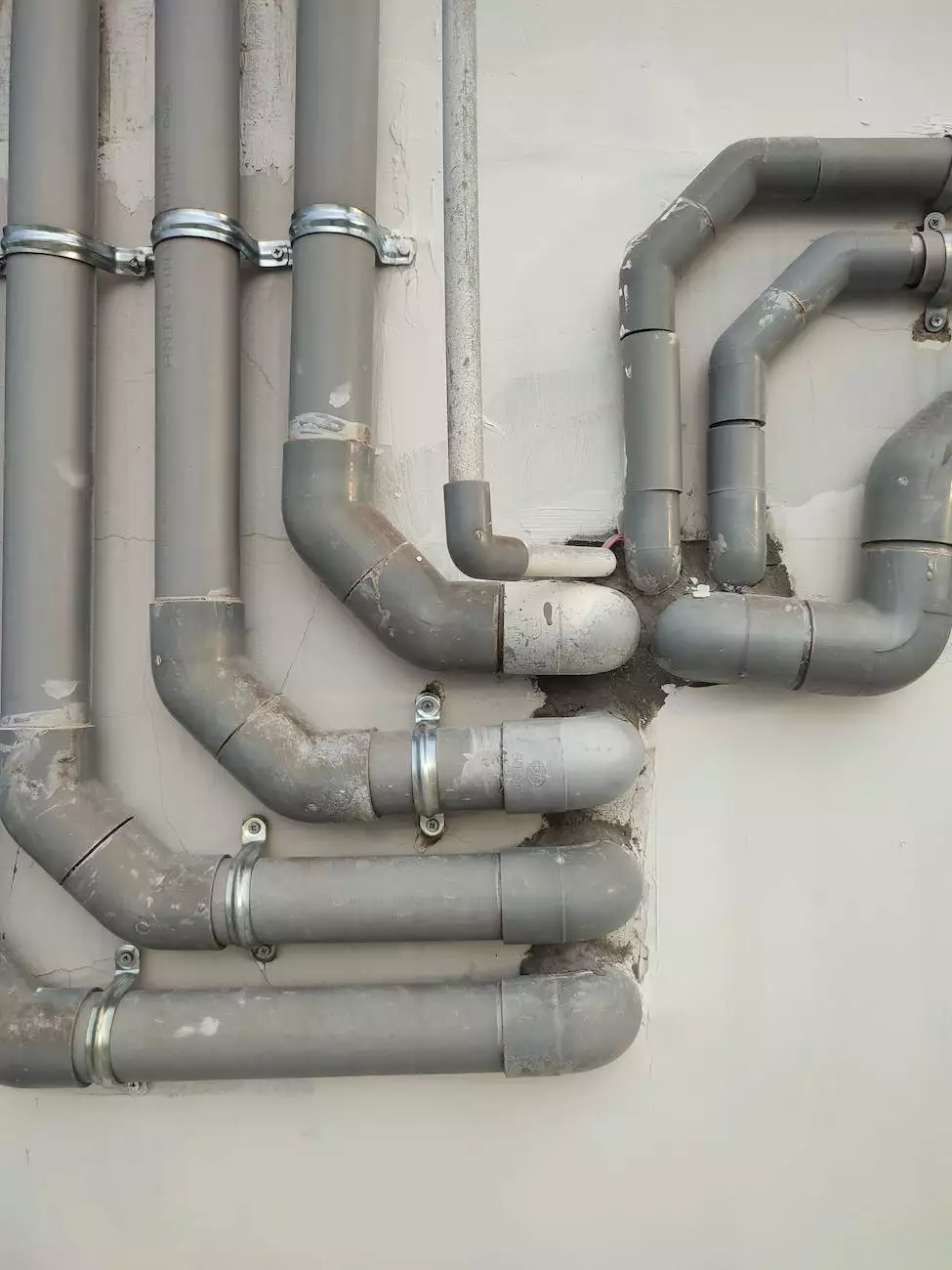Maintaining a Quality Reverse Osmosis System
Plumbing
Introduction
Welcome to iBak Solutions, your trusted source for water treatment solutions and expert advice. In this comprehensive guide, we will walk you through the essential steps to ensure the proper maintenance of your reverse osmosis system. Whether you're a homeowner or a business owner, maintaining a quality reverse osmosis system is crucial for ensuring clean, great-tasting water.
The Importance of Regular Maintenance
Maintaining your reverse osmosis system is essential to ensure its longevity and optimal performance. Regular maintenance helps prevent any potential issues and guarantees the production of high-quality filtered water. Neglecting proper maintenance can lead to decreased water flow, increased energy consumption, and even potential contaminants in the treated water.
Step-by-Step Guide to Maintaining Your Reverse Osmosis System
1. Change the Pre-Filter
The pre-filter in your reverse osmosis system plays a critical role in removing sediment, chlorine, and other large particles from the water. It is recommended to change this filter every 6-12 months, depending on your water quality. Regularly replacing the pre-filter ensures an efficient water flow and extends the life of the system.
2. Inspect and Clean the Membrane
The membrane is the heart of your reverse osmosis system, responsible for removing impurities and contaminants from the water. Regularly inspecting and cleaning the membrane is vital to maintain its effectiveness. Follow the manufacturer's instructions to perform a thorough cleaning process, typically involving rinsing, soaking, and sanitizing.
3. Check and Sanitize the Storage Tank
The storage tank is where the filtered water is stored before use. Over time, bacteria and other microorganisms can accumulate in the tank, affecting water quality. It is recommended to check and sanitize the storage tank at least once a year. Empty the tank, scrub the interior with a mild bleach solution, and thoroughly rinse before reconnecting it to the system.
4. Check and Replace Faucet and Tubing
Inspect the faucet and tubing connected to your reverse osmosis system for any signs of wear, leakage, or damage. Ensure that the connections are tight and secure. If you notice any issues, replace the faulty parts immediately to avoid potential water leakage and maintain optimal water flow.
5. Test the TDS Levels
Total Dissolved Solids (TDS) measures the concentration of minerals and other dissolved substances in your water. Regularly testing the TDS levels will help you gauge the effectiveness of your reverse osmosis system. Check the readings using a TDS meter and compare them to the recommended levels provided by your system manufacturer. If the readings are outside the desired range, consider replacing the membrane or adjusting other system components.
6. Schedule Professional Maintenance
While regular maintenance can significantly extend the life of your reverse osmosis system, it's also vital to schedule professional maintenance at least once a year. Professional technicians can perform in-depth inspections, cleanings, and repairs if necessary, ensuring your system continues to deliver the highest quality water.
Choose iBak Solutions for Your Water Treatment Needs
At iBak Solutions, we are dedicated to providing the best water treatment solutions and ensuring customer satisfaction. We offer a wide range of high-quality reverse osmosis systems tailored to meet your specific needs. Our team of experts is available to answer any questions you may have and guide you through the maintenance process.
Don't compromise on the quality of your water – trust iBak Solutions for all your water treatment needs. Contact us today to learn more about our products and services!




